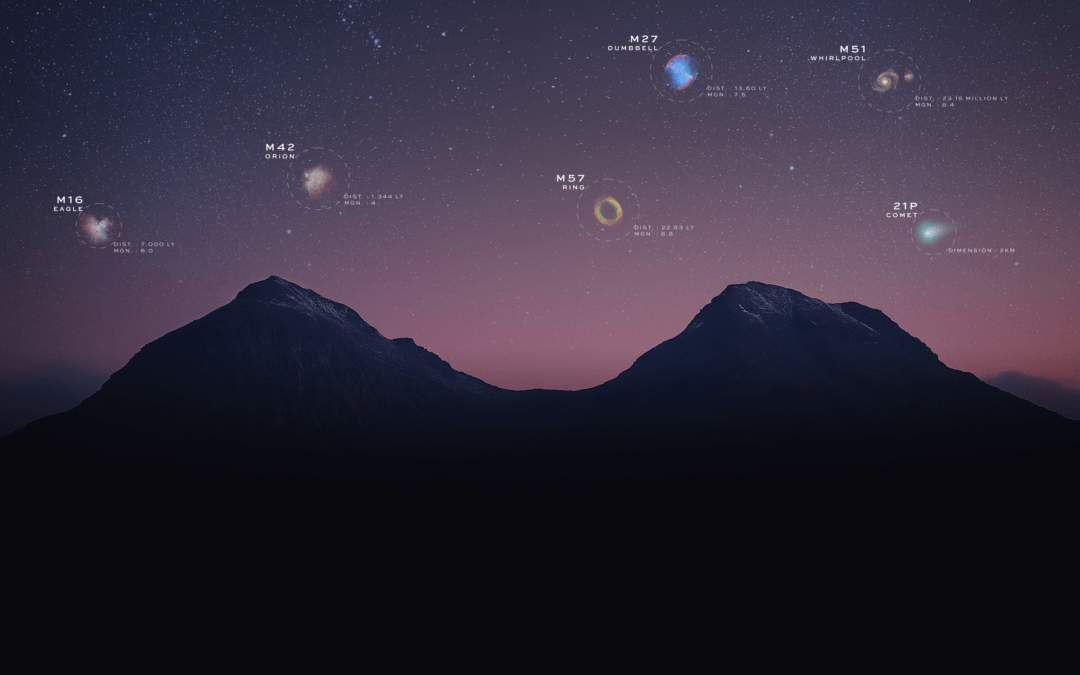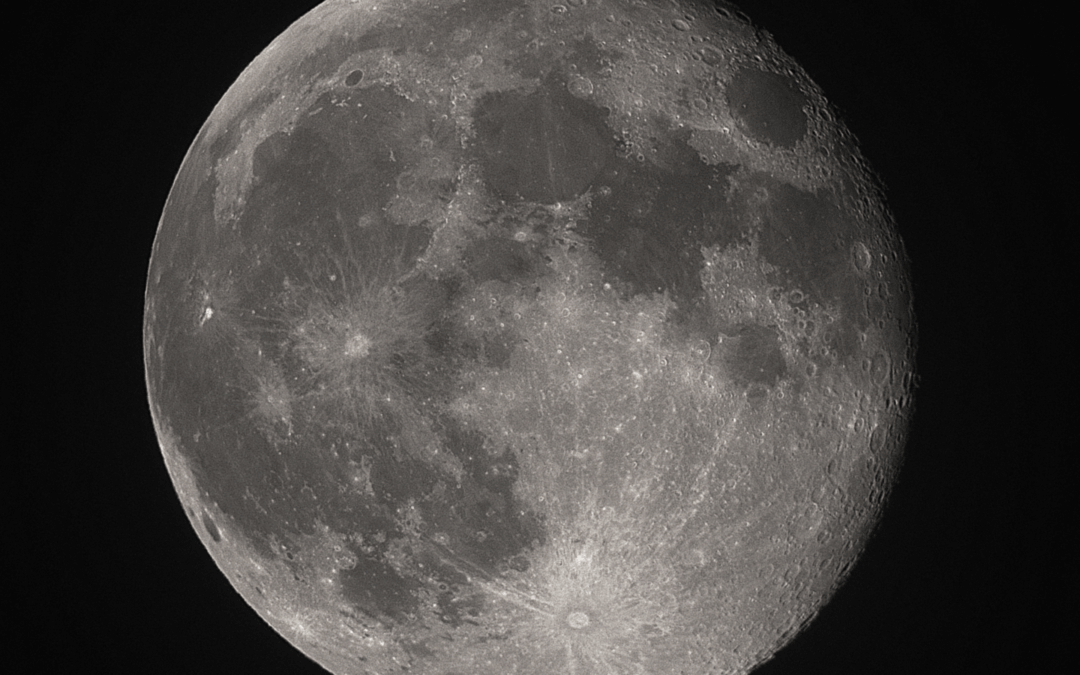It’s autumn in the Northern Hemisphere, so we’re observing our favorite fall celestial objects. Read on for the top 10 celestial targets from Unistellar: galaxies, nebulae, planets, meteor showers, constellations, asteroids, and more!
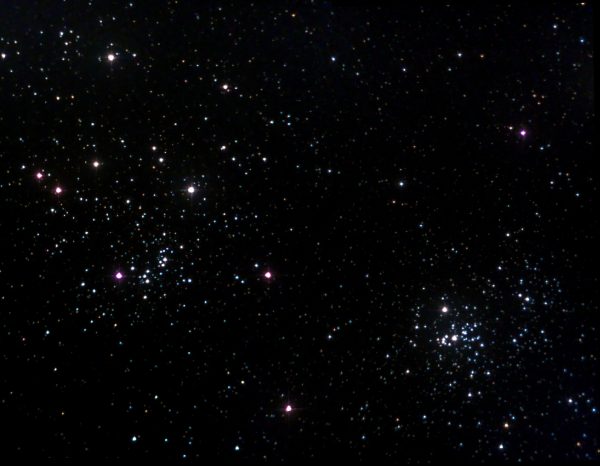
The pair of star clusters in the Double Cluster, NGC 869 & NGC 884, stitched together by Unistellar eVscope user David Rowe (United Kingdom)
Perseus Constellation
The Greek hero Perseus is visible for all of the autumn season the Northern Hemisphere. The constellation is home to the Demon Star, or Algol, and a number of vivid deep-sky objects, such as the Double Cluster and Little Dumbbell Nebula. It’s also the source of the beloved Perseid meteor shower, which peaked in August.
“The Double Cluster in Perseus… a beauty of the Northern sky, even if Messier missed it!” — David Rowe
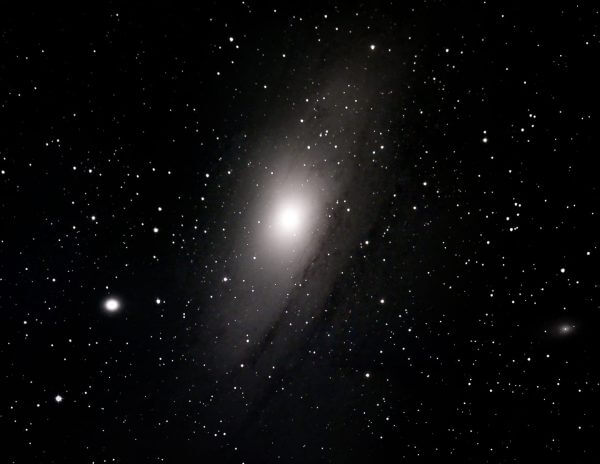
Andromeda Galaxy and its galactic companions stitched together by Unistellar eVscope user Romain Girard (Switzerland)
Andromeda Galaxy
The Milky Way’s nearest neighbor, Andromeda, also known as Messier 31, is only 2.5 million light-years away. About the same mass as the Milky Way, Andromeda contains nearly twice as many stars. It’s best seen in fall and winter in the Northern Hemisphere, reaching its highest point around midnight in October. In the Southern Hemisphere, the best time to view it is in November.
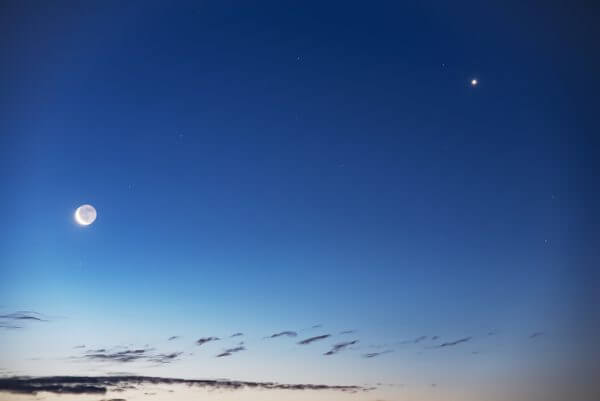
The Moon (left) and Venus (right) in the night sky
Venus
Venus is the second-brightest object in the night sky, after the Moon. The hottest planet in our Solar System, Venus is covered in clouds of sulfuric acid that obscure its surface. Last year, the discovery of a gas known as Phosphine in Venus’ atmosphere led to more scientific interest in our “sister planet.” Although there is no direct evidence of life on Venus, NASA and ESA recently selected new robotic space missions that will allow us to learn more about this intriguing world. In mid-September, Venus will be visible just after twilight, and will be very bright in November. Check out the brilliant planet with your naked eyes, binoculars or a telescope.
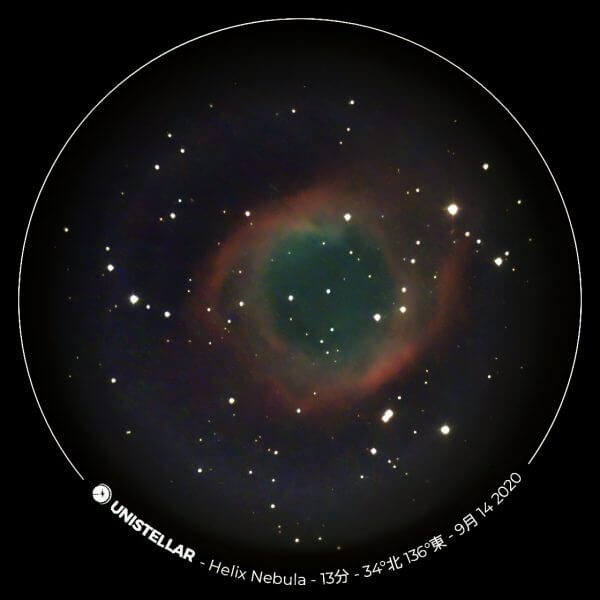
The Helix Nebula captured by Unistellar eVscope user 後藤干城 Tateki Goto (Japan)
Helix Nebula (NGC 7293)
The Helix Nebula is 650 light years away, making it the closest nebula to us. It provides a glimpse into the future of our Sun, shedding hot plasma as it collapses into a tiny white dwarf star. Intense infrared radiation from the white dwarf lights up the escaping gases forming a striking ring. Use binoculars or a telescope to see the hazy cloud of the Helix Nebula in the Aquarius constellation. You can enjoy this vibrant nebula for all of fall in the Northern Hemisphere.
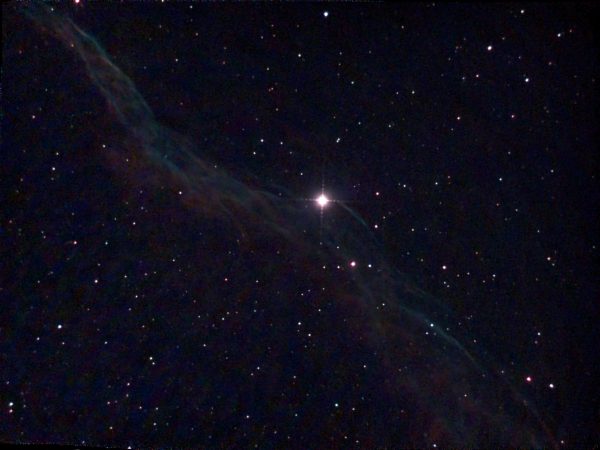
The Western Veil Nebula, in the Cygnus constellation, captured by Unistellar eVscope user Chuck Brown (USA)
Cygnus Constellation
Cygnus the swan is home to the Northern Cross asterism, as well as Deneb, one of the brightest stars in the night sky. In the Northern Hemisphere, it’s visible to the naked eye — especially its six brightest stars — for the entire fall season.
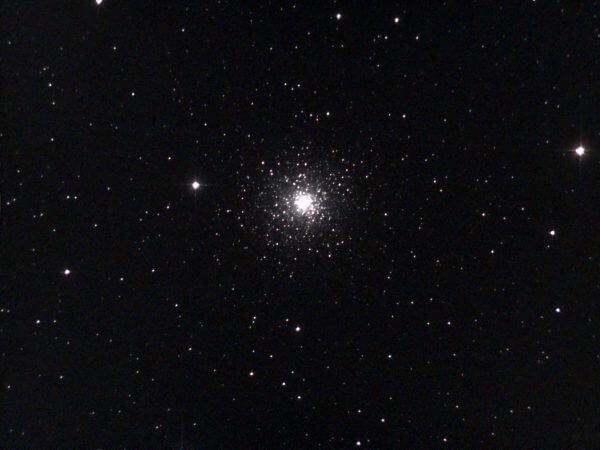
The Great Pegasus Cluster captured by Unistellar eVscope user Scott Kardel (USA)
Great Pegasus Cluster (Messier 15)
This globular cluster in Pegasus is 33,600 light-years away and 175 light-years across. Under clear viewing conditions, it’s visible to the naked eye, and a telescope reveals individual stars. Pegasus is visible for all of autumn in the Northern Hemisphere.
“The skies from June to August are positively filled with globular star clusters but as Northern autumn gets underway they are few and far between making M15 my go-to globular for fall. Evidence gathered using the Hubble Space Telescope suggests that a black hole 4,000 times the mass of the Sun lurks at its core.” — Scott Kardel
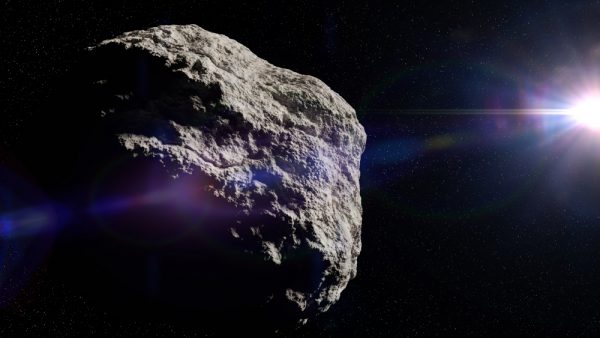
Observe Trojan Asteroids Polymele and Eurybates
These two asteroids are Trojans, which means they share Jupiter’s orbit. This October, you can watch NASA launch the Lucy mission, aimed at studying trojans, and join the Unistellar community in observing these on October 1, 20 and 23. Learn more about asteroid occultations and how you can get involved in Unistellar asteroid citizen science!
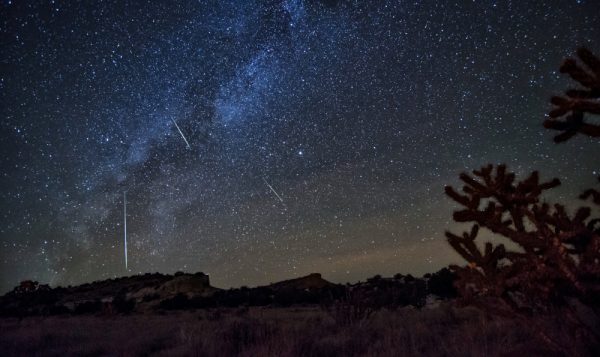
Orionid Meteor Shower
Halley’s Comet passes by every 75 years, but Earth moves annually through the trail of debris it leaves behind, creating the Orionid meteor shower. These meteors appear to originate from the constellation Orion and last about a week, with peak viewing on October 20-21.
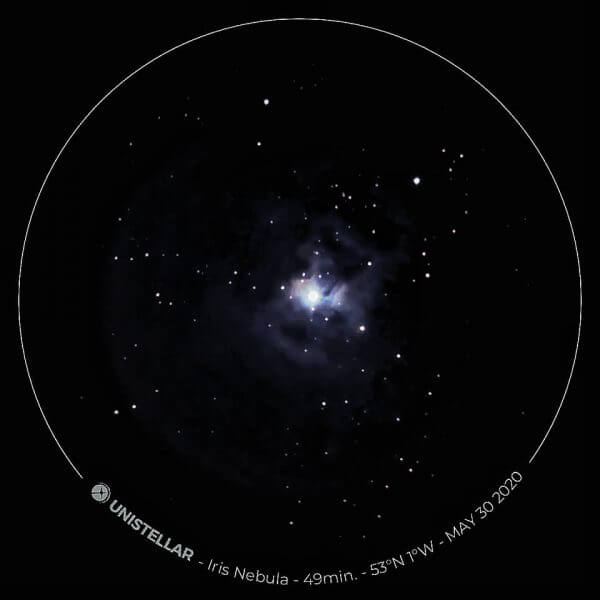
The Iris Nebula, in the Cepheus constellation, captured by Unistellar eVscope user Jon Burton (United Kingdom)
Cepheus Constellation
Cepheus, father of Andromeda, is home to seven main stars including Alpha Cephei, two spiral galaxies, an open cluster and two nebulae. The constellation also houses hyperluminous quasar S5 0014+81, powered by a supermassive black hole 10,000 times bigger than the one at the center of our galaxy. Cepheus is best viewed during November in the Northern Hemisphere.
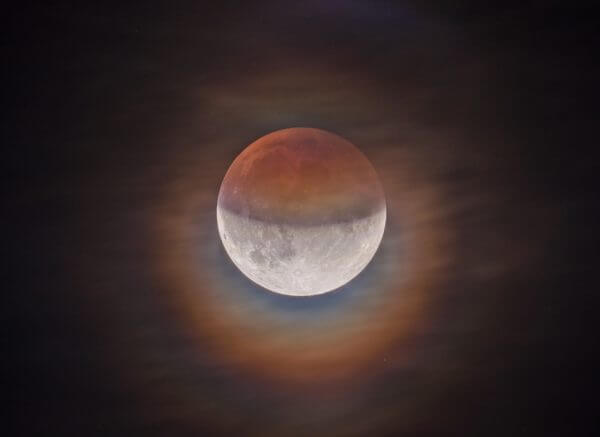
Partial lunar eclipse seen in Mannheim, Germany (2019)
Partial Lunar Eclipse
On November 19, viewers in North America, as well as parts of Europe, Asia, Australia and South America, can view a partial lunar eclipse, when the Moon passes through Earth’s shadow, peaking around 6 AM UTC.
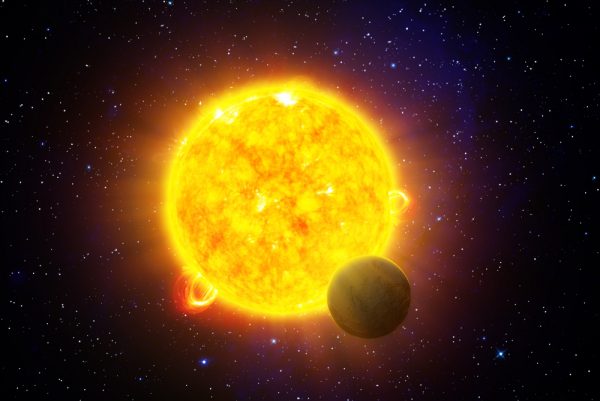
Bonus: Exoplanet Citizen Science
Citizen scientists in Europe, North America, and Japan have the opportunity to help confirm the existence of an exoplanet, a planet that lies beyond our solar system in September. TOI (TESS Object of Interest) 2121.01, is an exoplanet candidate for the Transiting Exoplanet Survey Satellite (TESS), NASA’s current exoplanet finding mission. If it is a planet, TOI 2121.01 is about 7 times the mass of Jupiter and orbits a small, cool, orange-colored “K dwarf” star every 2.3 days. Find out how to get involved in Unistellar exoplanet citizen science.
For more fall viewing fun, create your own star chart, customized to your date, time and location. And keep checking back for more stargazing excitement at the Unistellar blog.
Clear skies!
Further readings
3 Reasons to observe this month
Every month, discover three unmissable celestial events to observe with your Unistellar telescope.
Observing Eclipses on Jupiter: Cosmic Spectacles Through a Telescope
The latest Unistellar App Update, version V3.0, is now live. Explore a smooth stargazing experience !
Unistellar Community Included In Multiple Scientific Papers
Did you know Unistellar Citizen Astronomers are often cited in published scientific papers? Find out how you can contribute too!
What Are the Names of All the Full Moons in 2024?
Discover the enchanting names of the full moons in 2024. Delve into the unique character of each lunar spectacle and embrace the allure of the night sky.
New Unistellar App Update: Version 3.0
The latest Unistellar App Update, version V3.0, is now live. Explore a smooth stargazing experience !
What to Observe This November: Open Star Clusters and More
These Halloween deep-sky objects will add some light to those dark, spooky nights. Treats, tricks, and telescopes await!

